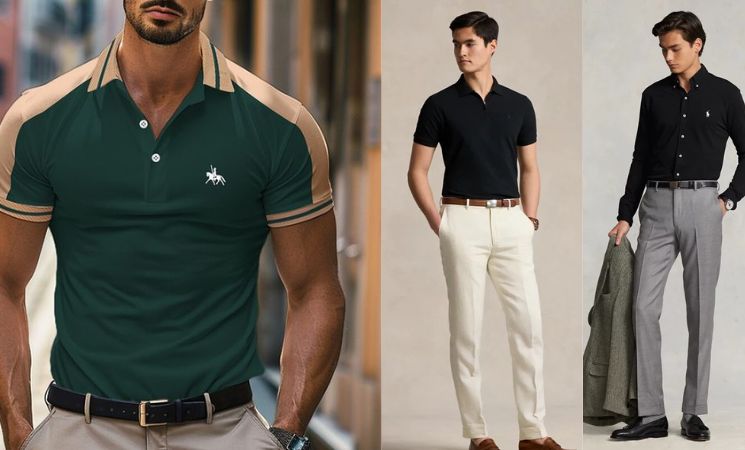Is there a silent rule to fashion that we’re all following without fully understanding it? When it comes to polo shirts, the decision to tuck or not has baffled many. You’ve probably faced the same dilemma before an event, wondering if a tucked-in polo would make you look too stiff or if leaving it untucked would seem too casual.
The answer? It’s simpler than you think—look for the clue that’s right in front of you: the occasion and fit.
Fashion, much like language, is full of subtle cues. The way we wear a piece of clothing speaks volumes, sometimes louder than we expect. Tucking in a polo can instantly signal confidence and control, especially in more formal or semi-casual settings.
Yet, an untucked polo, particularly in a casual setting, conveys a sense of ease and modern relaxation. It’s all about how you want to be perceived—and whether the situation calls for polish or effortless cool.
The original polo design by René Lacoste in the 1920s was indeed meant to be worn tucked in during matches, reflecting the formality of sportswear at the time. The idea was to combine comfort with a streamlined look, and tucking in the shirt contributed to that.
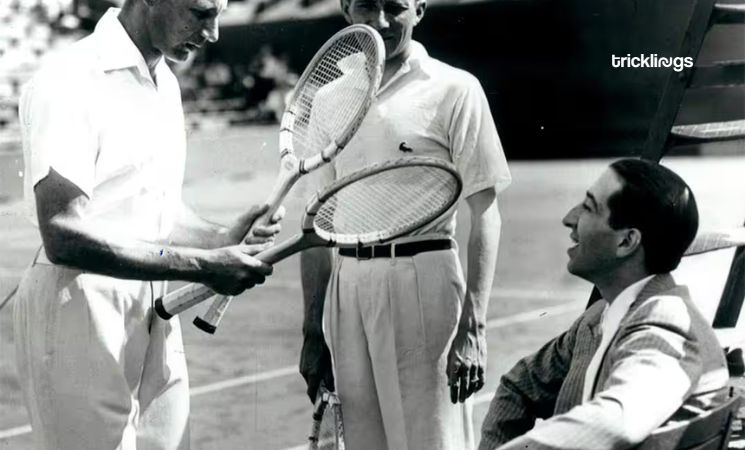
Over time, the polo shirt evolved from sportswear to a casual wardrobe staple, allowing for both tucked and untucked styles depending on the occasion. Today, it has become a versatile garment that can easily be dressed up or down based on how it’s worn.
Interestingly, a quick glance at current fashion websites shows a distinct trend—models are frequently sporting their polos tucked in. This seems to signal a resurgence of a more polished and refined look in men’s fashion. It’s no longer just a casual weekend staple but a versatile piece that can be elevated when paired with tailored trousers or smart chinos.
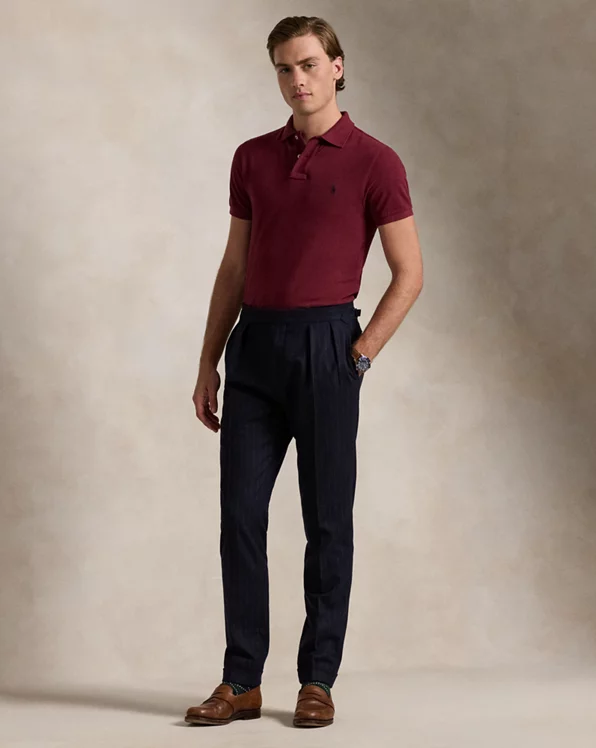
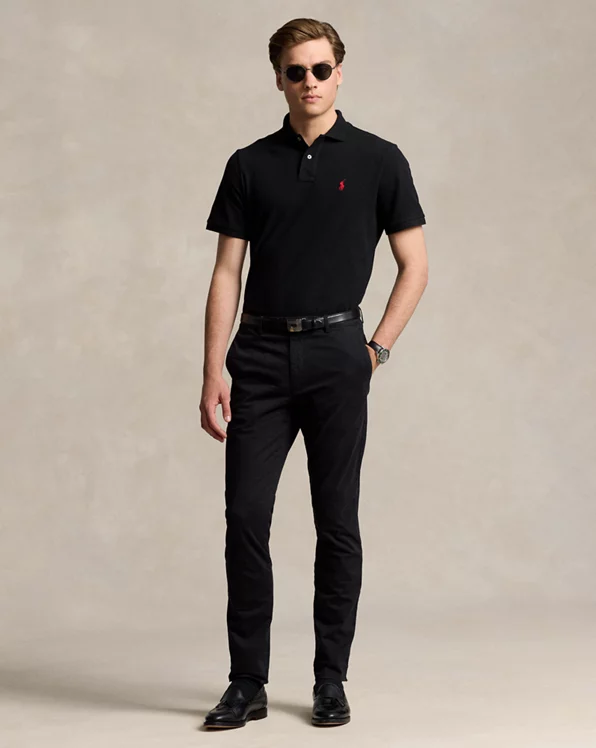
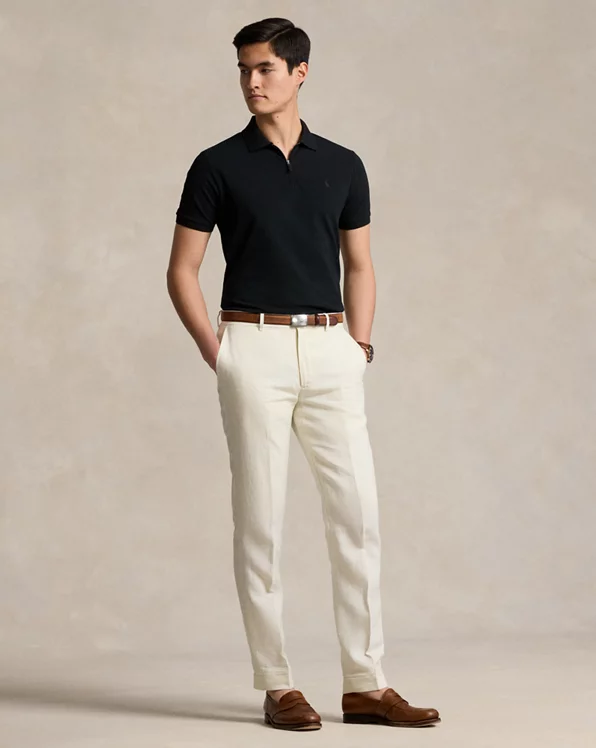
But how do you know when to tuck your polo in? The answer lies in a combination of context, fit, and fabric. If you’re attending a semi-formal event, or perhaps a business-casual setting, tucking in your polo shirt creates a sharper, more professional look. Pair it with chinos or tailored trousers, and suddenly, what was once casual sportswear transforms into an outfit suitable for meetings or a dinner out.
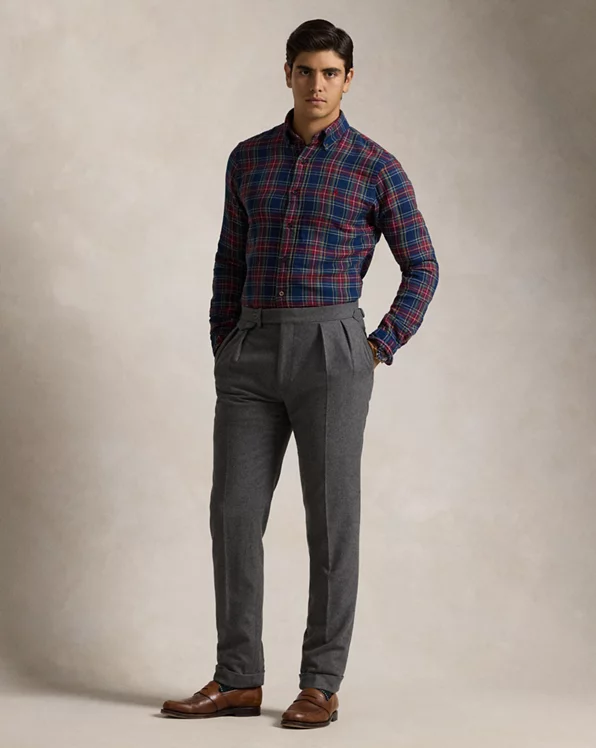
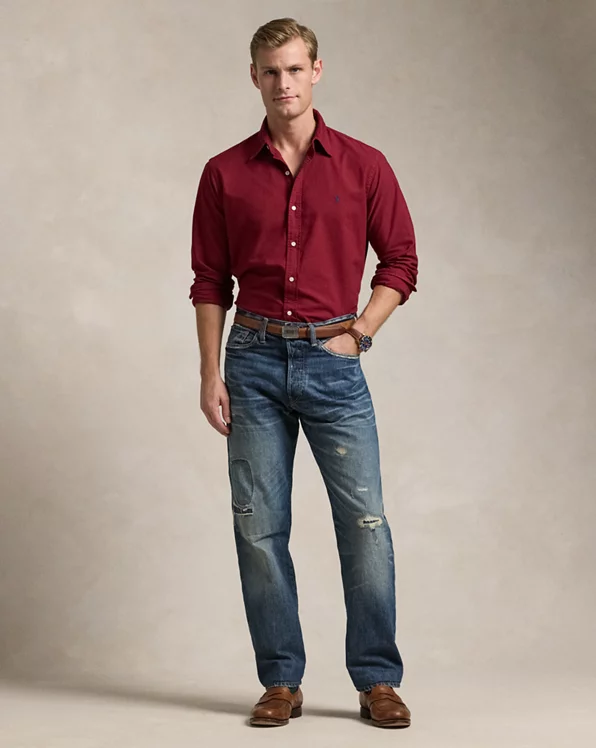
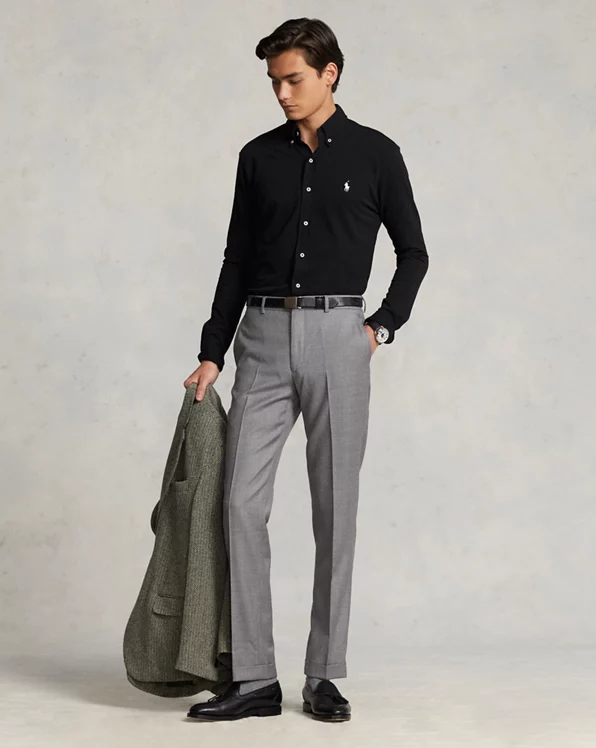
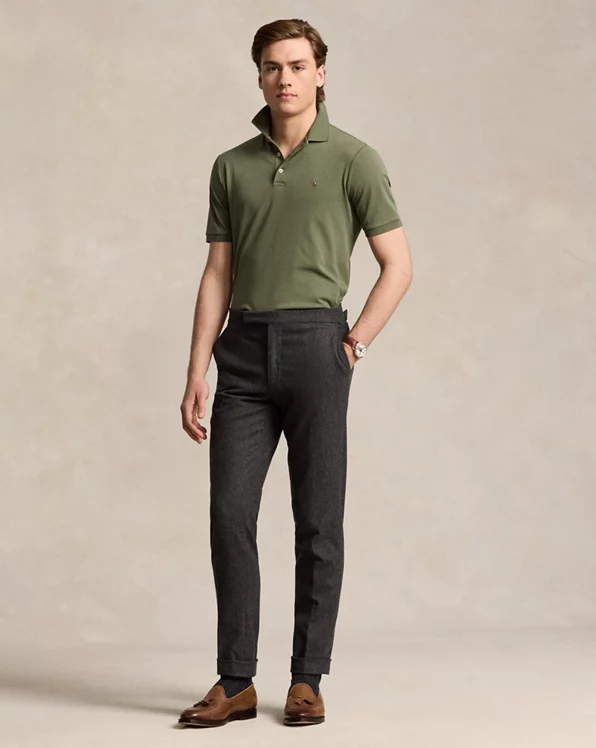
In contrast, for laid-back environments like a weekend barbecue or a relaxed coffee date, leaving your polo untucked feels more natural. It signals ease and comfort while still maintaining a sense of style. However, the fit plays a significant role here.
Slim-fit polos tend to look better untucked because they follow the natural lines of the body, creating a sleek silhouette. On the other hand, a classic-fit polo, which has a bit more fabric, often looks best when tucked in, allowing for a clean and structured appearance.
To decide whether to tuck in a shirt, whether it’s a polo or a casual shirt, follow these simple clues:
- Occasion and Formality: For formal or business-casual events, tuck in both polo and casual shirts. This gives a polished look. For casual settings, leaving them untucked feels more relaxed and appropriate.
- Shirt Length: Look at the length of the shirt. If the shirt hem extends below your hips or past your waistband, it’s usually meant to be tucked in. Shorter hems that fall around the hips are designed to be worn untucked.
- Fit and Fabric: Slim-fit or lightweight polos often look better untucked for a sleek, casual vibe. Loose or traditional-fit casual shirts can be tucked in without looking bulky.
When in doubt, remember this simple clue: if it’s formal, tuck it in; if it’s casual, let it hang free.
After all, fashion is not just about what you wear—it’s about how you wear it.





